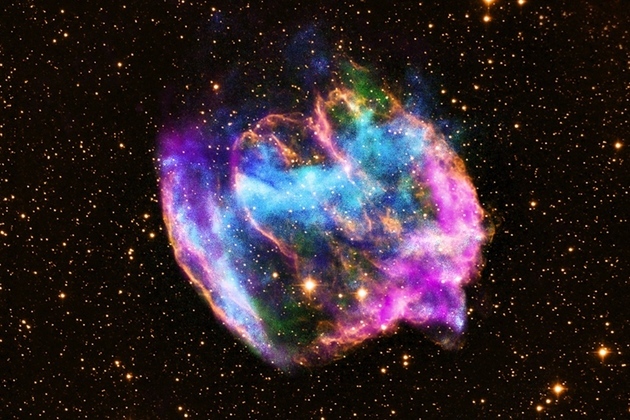It seems this year is going to be known for having the most killer light shows as we've experienced the Russian comet and a fly-by asteroid. Luckily the comet decided to make its debut in a country with a such a high mounted-car camera per driver count. It is times like this that we are greatly thankful (but should somehow be concerned) for their "driving."
However there will also be two more celestial objects making appearances. They are comet Pan-STARRS and Comet ISON. Unfortunately, comet Pan-STARRS just past us as it was closest to Earth on March 5. However it will on March 10 it will make its closest approach to the sun! This is the magic happens. As the comet approaches the sun it will either sizzle of fizzle, creating that iconic tale. The comet is already visible through telescopes in the southern hemisphere but will then be seen in the northern hemisphere on March 8 (tomorrow!!). The observing times should be during March 12 and 13 during sunset. It will be an awesome two days!! Now for a bit of physics: How fast is this comet going? Well, the comet was closest Earth on March 5 and will make it to the sun on March 10. The earth is approximately 150x10^9 meters from the sun. Assuming a linear (instead of curved path), the celestial object is moving at 3.5x10^5 meters/second, or 7.8x10^5 miles-per-hour!
Next up would be comet ISON, which in my opinion is going to be the main event. As of January, the comet's tail was measured to be greater than 40,000 miles!! It will make its closest approach to the sun on November 28 at 800,000 miles and it will make its closest approach to Earth in December 26 at 40 million miles. Merry Christmas... Get this: this comet will shine brighter then the full moon!!!!! There is no need to fear as this comet poses no danger. Heres an idea of what we could see on December:
Here's a vid for further illustration:









